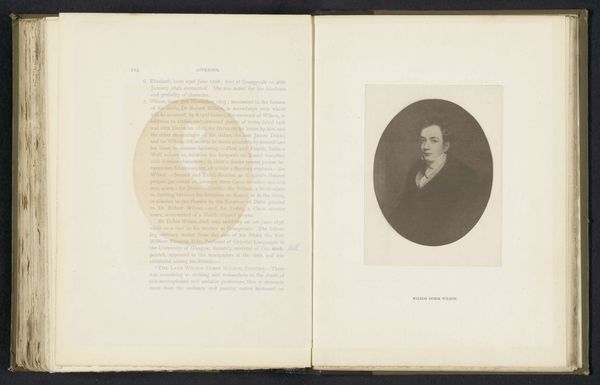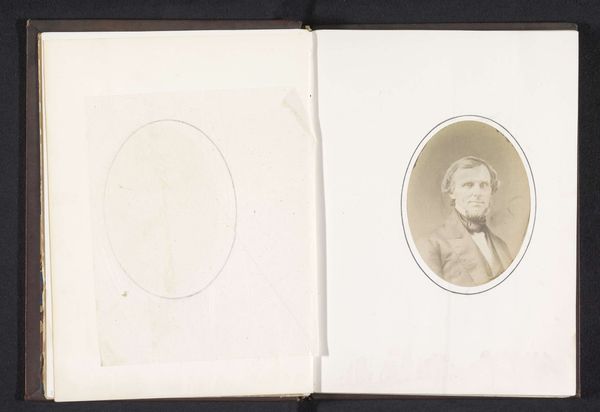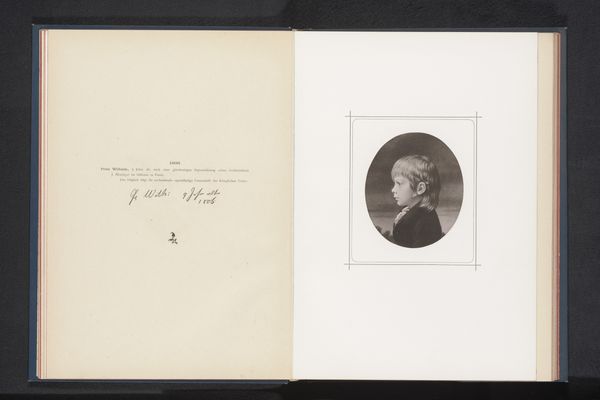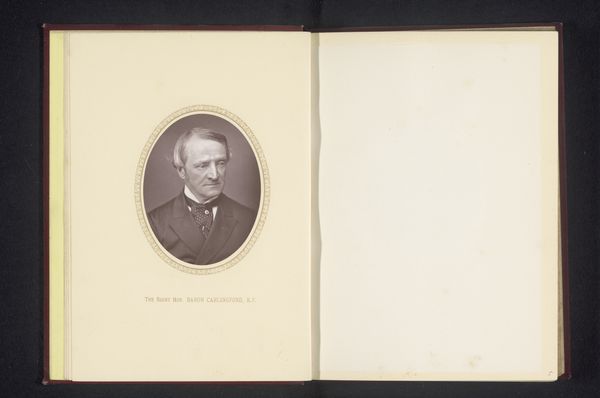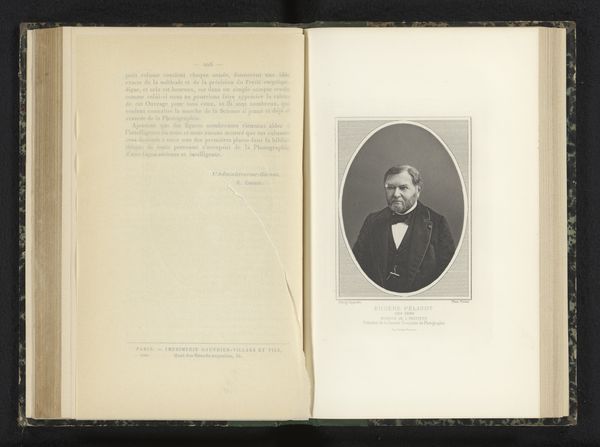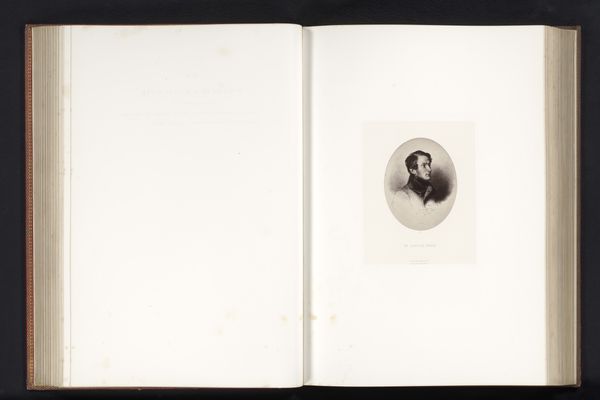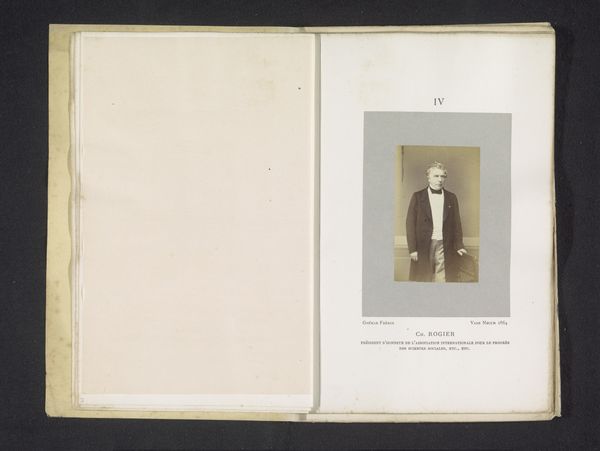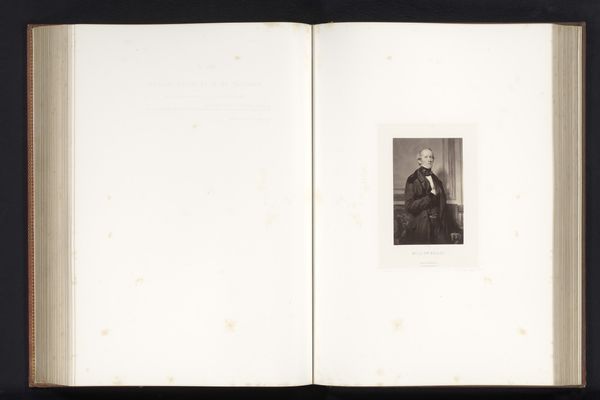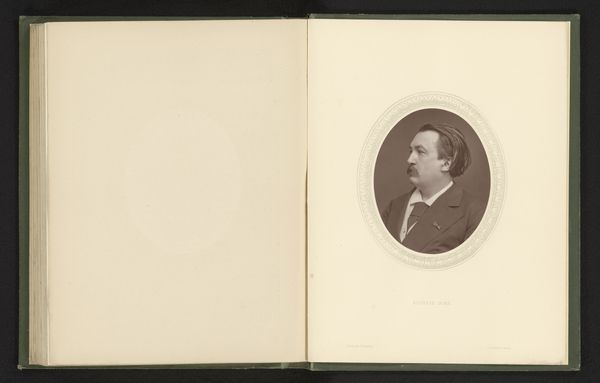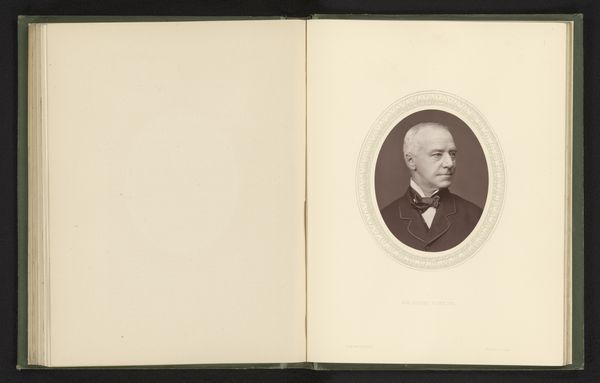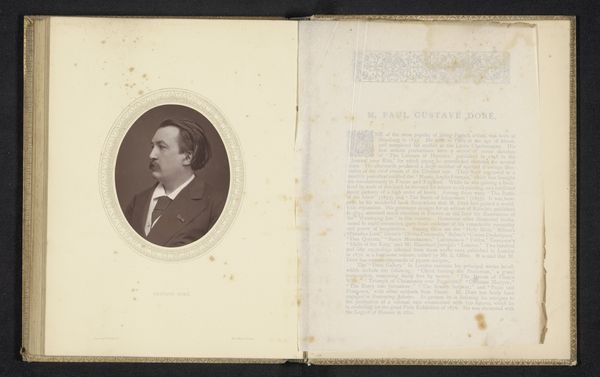
daguerreotype, photography
#
portrait
#
daguerreotype
#
photography
#
realism
Dimensions: height 123 mm, width 92 mm
Copyright: Rijks Museum: Open Domain
Curator: Here we have a daguerreotype, a photographic portrait of Senator William Almon Wheeler, dating from before 1859. What strikes you about this image? Editor: The process is what first grabs me - the silvery, almost ethereal quality of the daguerreotype. Knowing it’s a unique image, not a negative that can be reproduced, makes it feel quite special. How did this photographic technique affect portraiture? Curator: Exactly. Consider the economic factors. Daguerreotypes democratized portraiture. Before, only the wealthy could afford painted portraits. But who were the people operating these cameras? What kind of darkrooms were they using, and who owned them? This shift wasn't just about art; it was about industrial change. Look at the detail. It resulted from precise chemical processes. Consider the labor involved in preparing the plates, and the expense of the materials. Editor: I hadn't considered it that way - as democratizing portraiture through a developing industry. Curator: Yes! It altered representation through accessibility and new consumption models. Do you think the sitters were conscious of the materiality of the process, not just the image produced? Editor: Probably not as consciously as we are today. It’s intriguing to imagine Wheeler sitting, aware that he’s participating in something quite new but maybe without considering what his photo really represents as labor or capital. Curator: Indeed. This photograph transcends being just an individual likeness; it also signifies labor, material processes, and emergent consumption patterns. Considering these factors, one views Senator Wheeler's portrait from a completely different viewpoint. Editor: I agree completely. I see that viewing through materiality offers another layer for interpretation beyond the subject of the photograph. Curator: Exactly, and understanding this shift deepens our understanding and respect for not just this image but also of many processes across art.
Comments
No comments
Be the first to comment and join the conversation on the ultimate creative platform.

